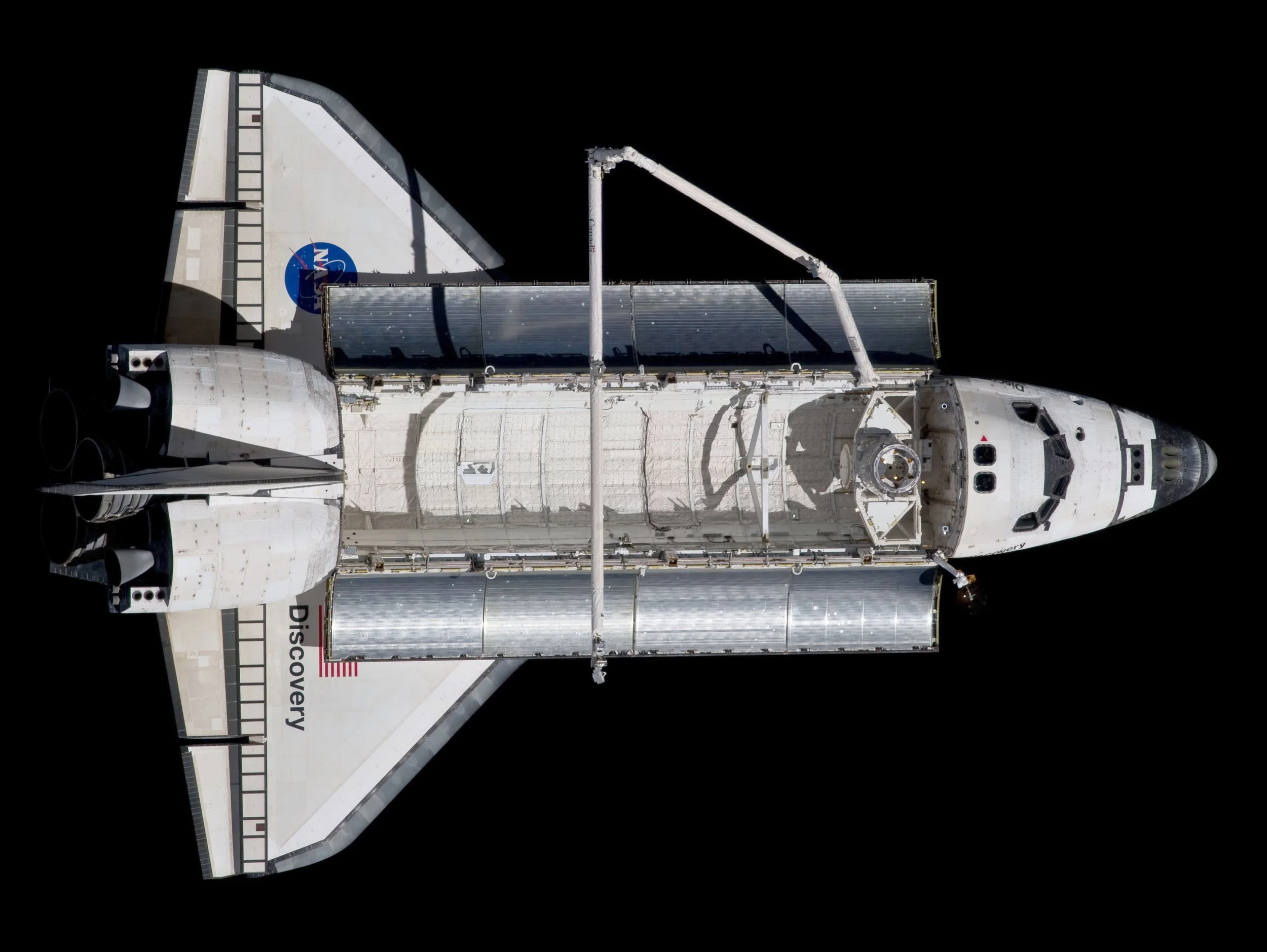
Bees in Space
22 March 1982
Coplin Bee Farms holds a truly out-of-this-world distinction: our bees are the only honey bees ever to travel to space.
In 1982, 14 honey bees were loaned to NASA by Mel Coplin and his son, Steve, to take part in the Insect Flight Observations at Zero Gravity experiment aboard the space shuttle Columbia.
The mission included bees, moths, and houseflies to see how insects would adapt in a weightless environment. NASA later reported that the bees performed better than their fellow travelers — adapting quickly to the new conditions and even managing to fly in microgravity. Unfortunately, the bees did not survive the journey due to limitations with the feeding system used in the experiment.
While the outcome was bittersweet, the Coplin bees left their mark on history as pioneers — showing the resilience and adaptability of honey bees, even beyond Earth.
6 April 1984
Two years after the first bees made history aboard Columbia, Coplin Bee Farms sent another group of honey bees to space. In 1984, about 3,400 bees traveled on the space shuttle Challenger, where they spent six days in orbit as part of a follow-up experiment.
This time, NASA applied lessons learned from 1982. Instead of liquid food, which floated freely in zero gravity, the bees were given a gel-like food source. The adjustment worked, allowing the colony to be observed more closely.
Over the course of the mission, astronauts watched as the bees adapted in remarkable ways. They built roughly 30 square inches of honeycomb, first attempting to build vertically before quickly adjusting and continuing construction as they would on Earth. While they stored little honey in their comb, they demonstrated extraordinary teamwork: rather than fly or walk between the feeder and comb, the bees formed a living chain — passing food from mouth to mouth to keep it steady despite zero gravity.
Even the queen made her mark on history. Easily spotted by the pink dot painted on her back (in honor of astronaut George “Pinkie” Nelson, the designated in-flight beekeeper), she laid about 35 eggs during the mission. While workers didn’t produce royal jelly in orbit, production resumed as normal once the colony returned to Earth.
This mission highlighted the adaptability, resilience, and ingenuity of honey bees — traits that continue to inspire awe, both in space and here at Coplin Bee Farms.
